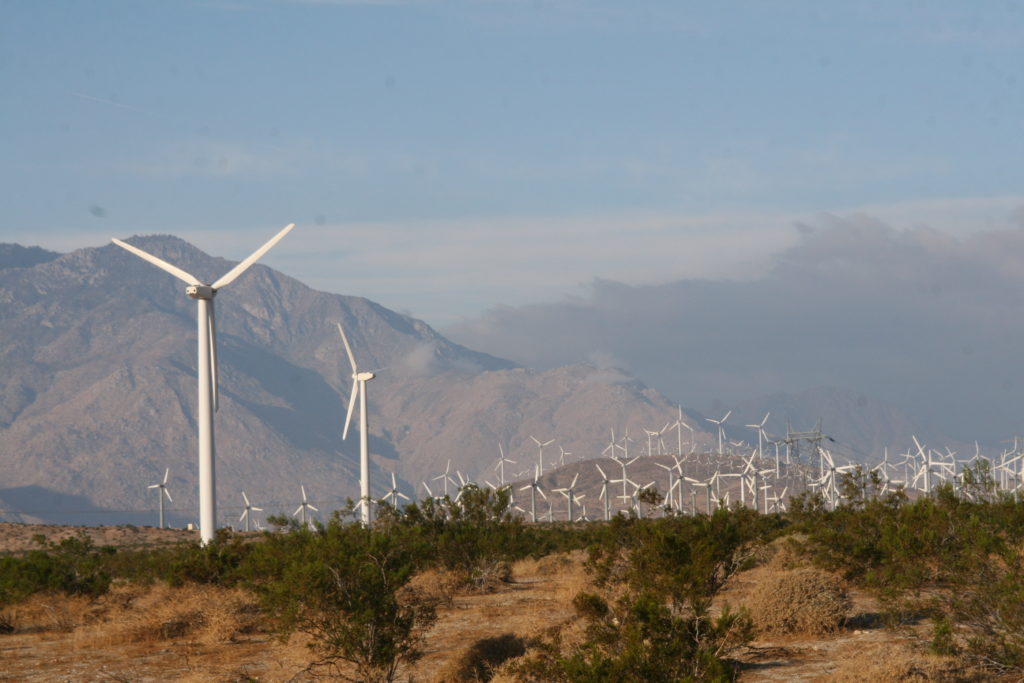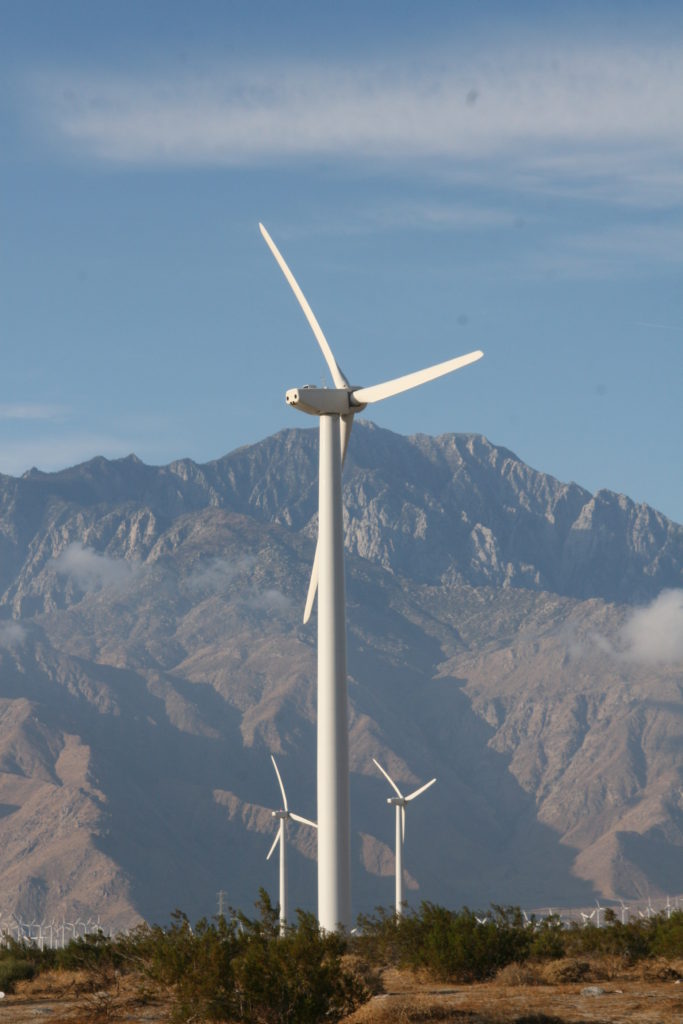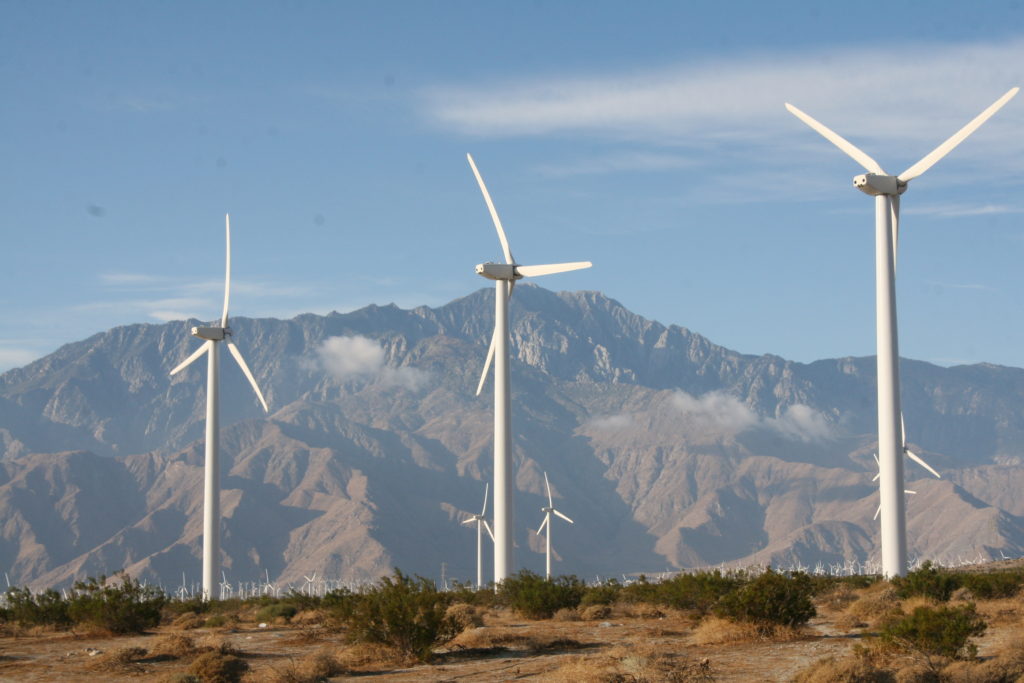
Joshua Tree National Park
We went to Palm Springs, California to attend a wedding in 2010, and while there, we took a day trip to Joshua Tree National Park. It was a four-hour tour that was “off road” and also included Big Morongo Canyon. Joshua Tree National Park is almost 800,000 acres and includes parts of both the Mohave and Colorado Deserts. It was originally named as a national monument in 1936 and then a national park in 1994. It was named Joshua Tree National Park after the Joshua trees in the park. These trees are actually plants and are filled with thousands of fibers so are lightweight (see last picture in this section). They are related to yucca plants. Supposedly they were named by the Mormons – the plants reminded them of Joshua reaching his hands to the heavens in prayer.

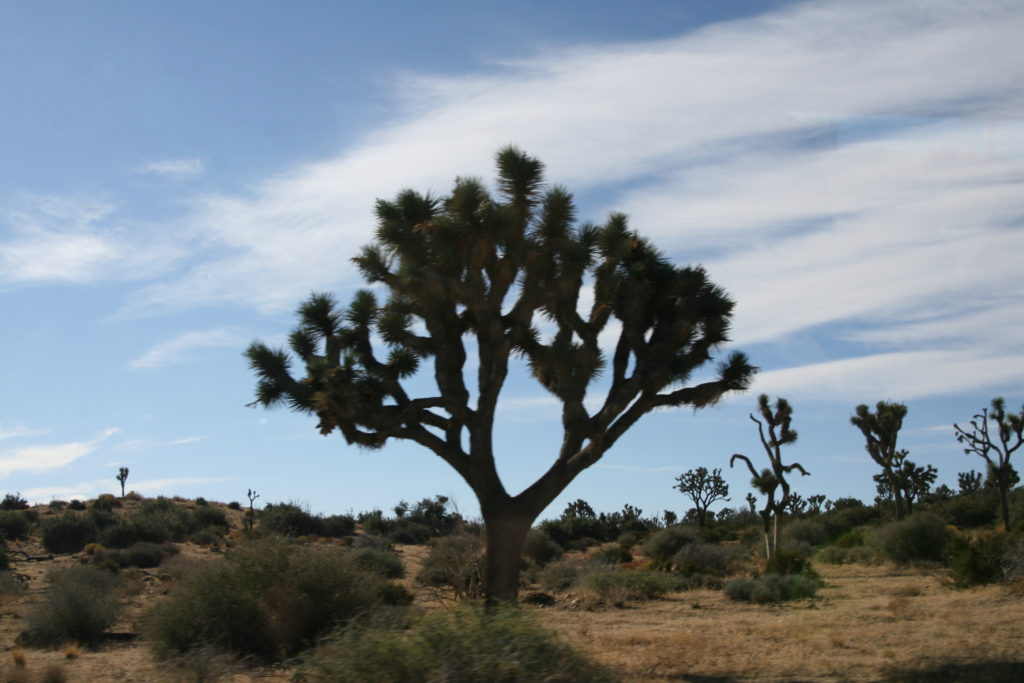


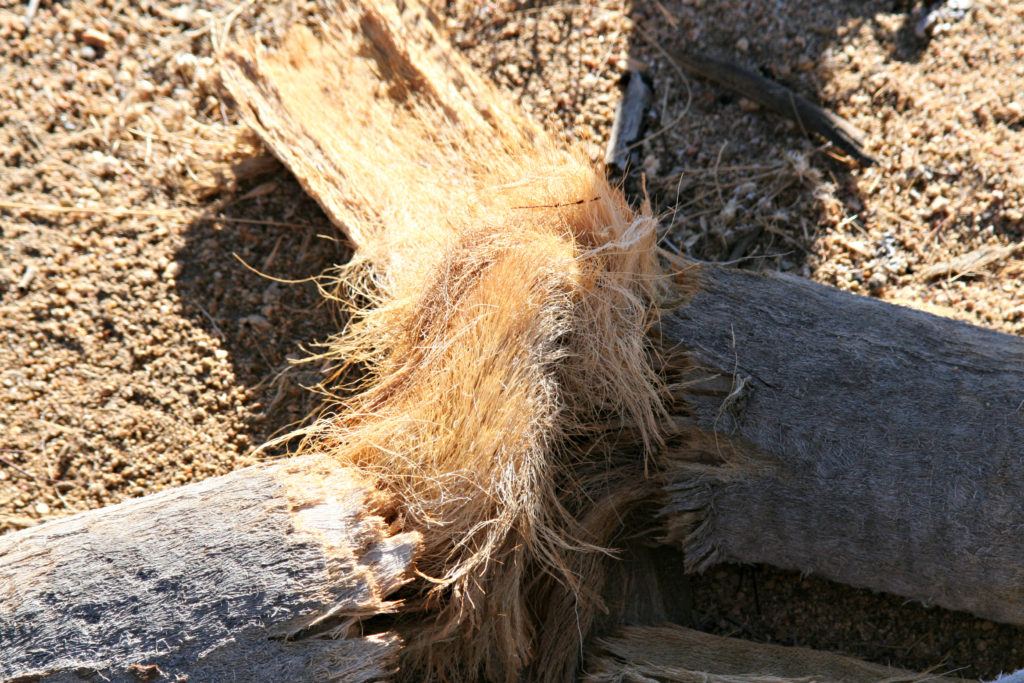
These are pictures of the desert floor. The fifth picture is a tarantula hole. Tarantulas mate in the fall so are “out and about” even during the day – we visited in October, but fortunately, we did not see any spiders.
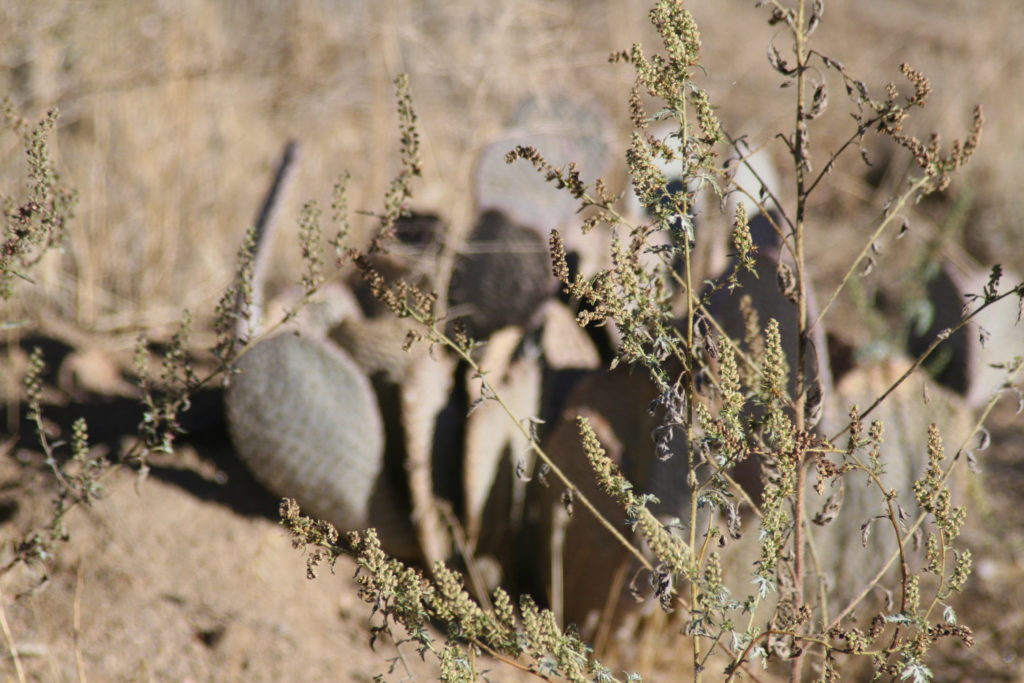
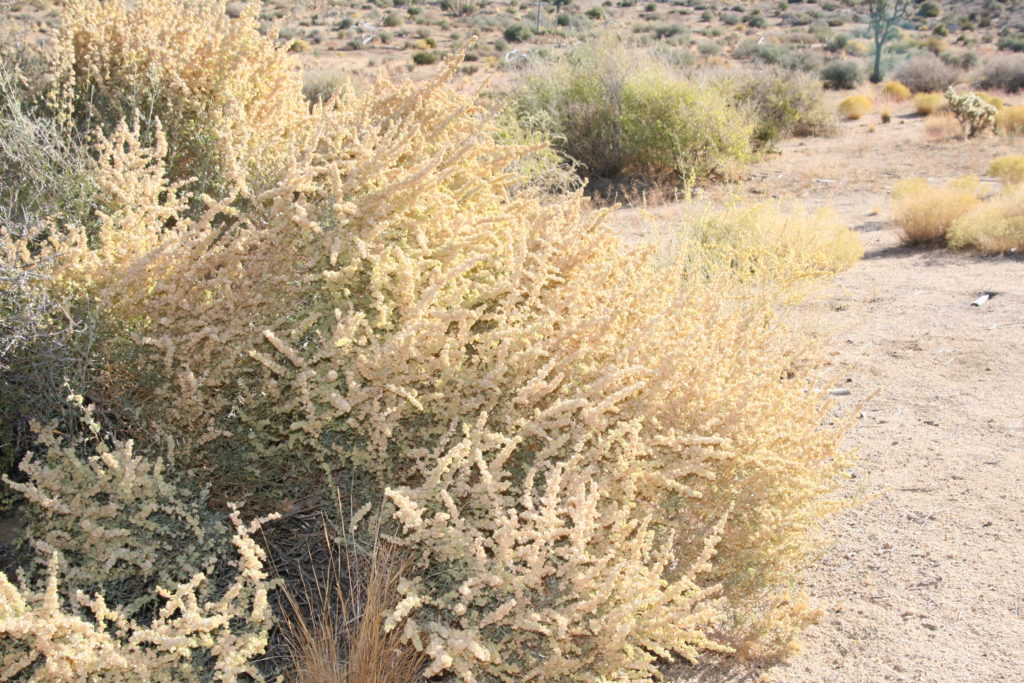
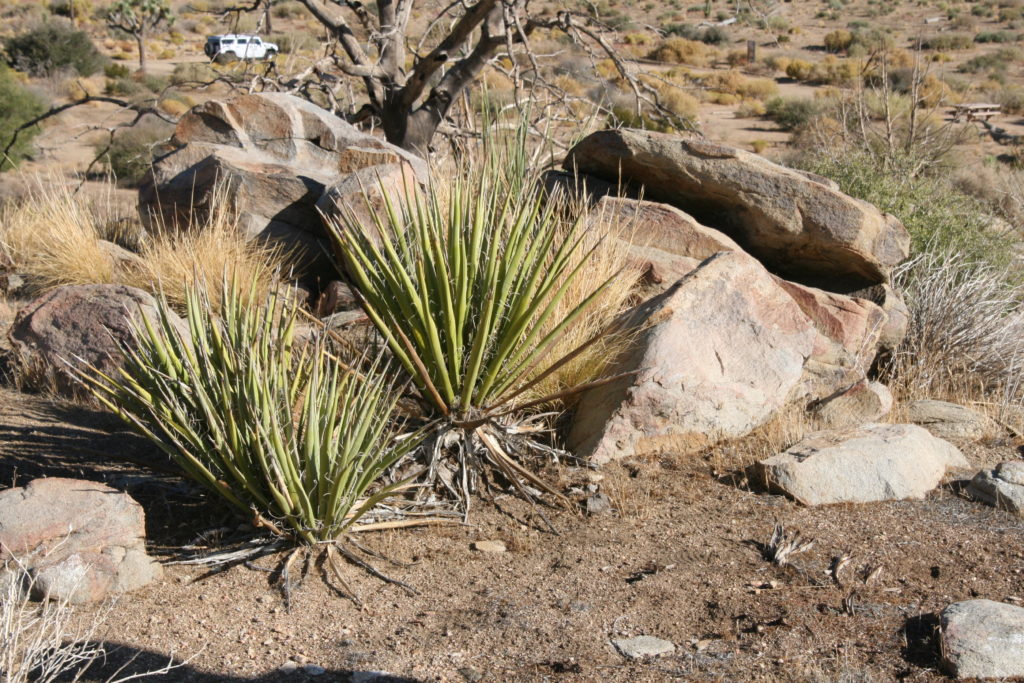


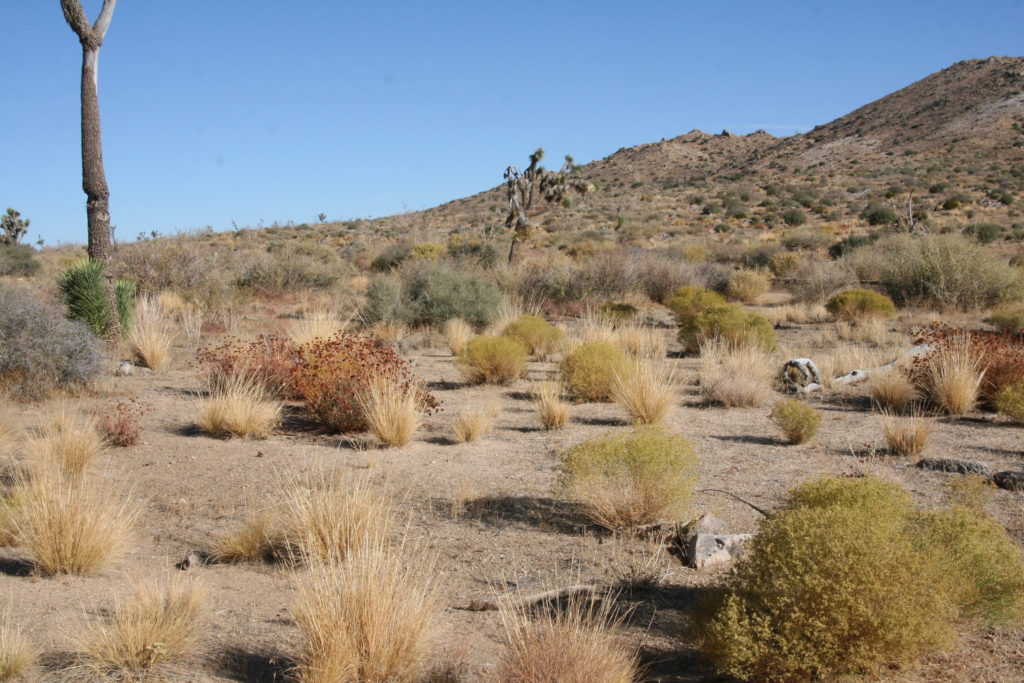
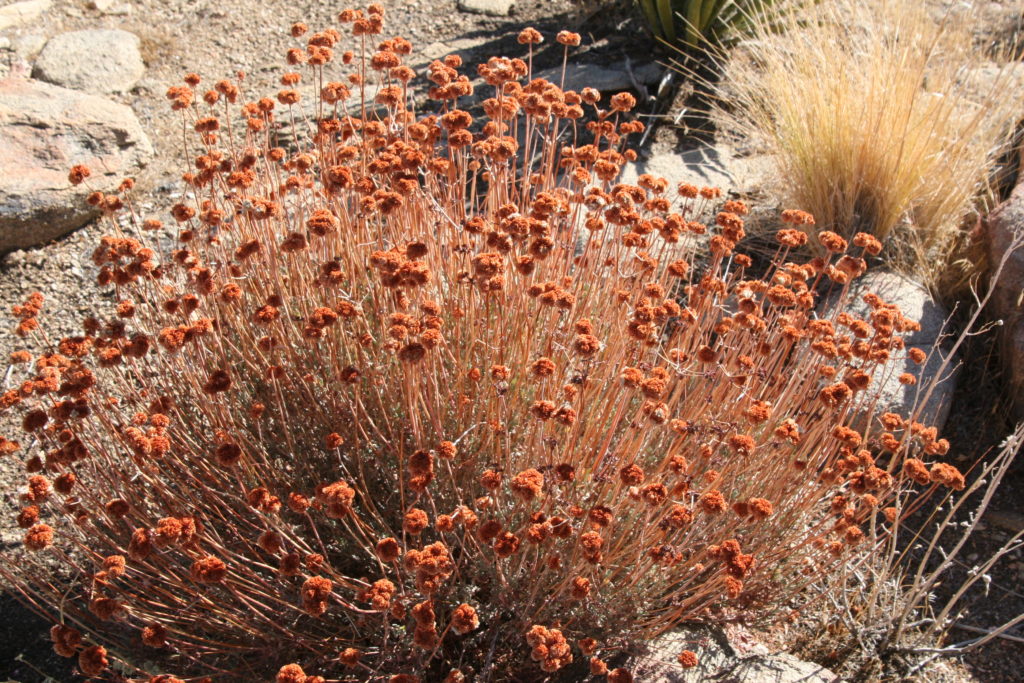
Joshua Tree National Park has many interesting rock formations. Our guide explained that millions of years ago, two of the earth’s plates collided. One went under the other ultimately forming magna. The magna worked its way to the surface and as it cooled, it hardened, forming rocks. The rocks became visible as the soil on the surface eroded. Now as the rocks erode, they become sand on the desert floor. That is a very simple explanation of this geological process. If you would like more detailed information, you can find it on the web including at the National Park Service site. In the third picture, there is a hawk sitting at the top of the rocks.



The next pictures were taken from the highest peak in the Little San Bernardino Mountains.


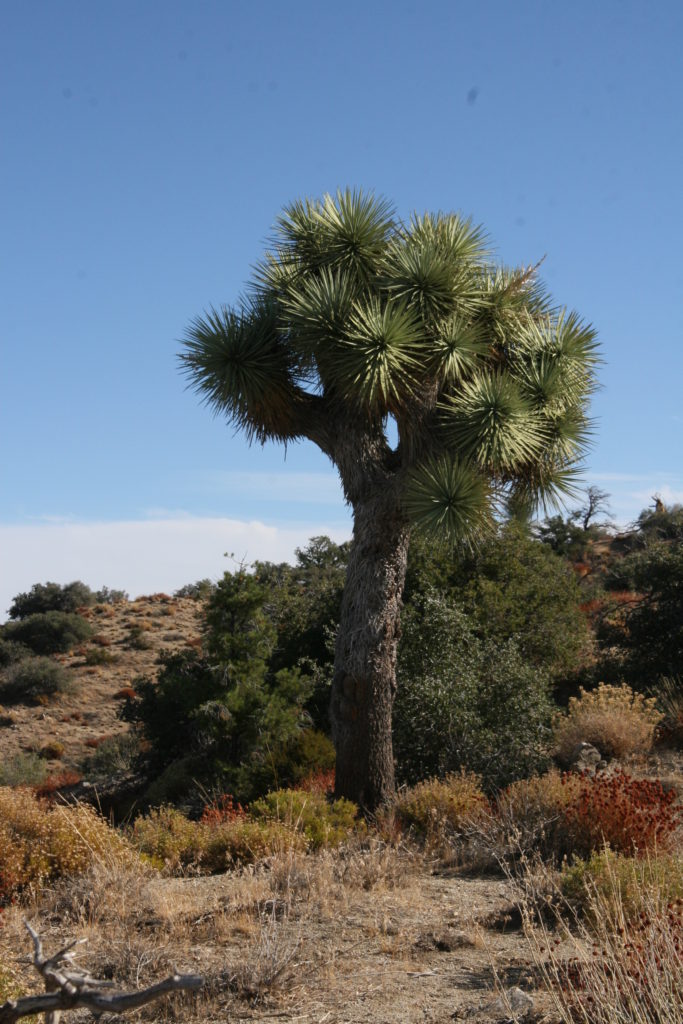

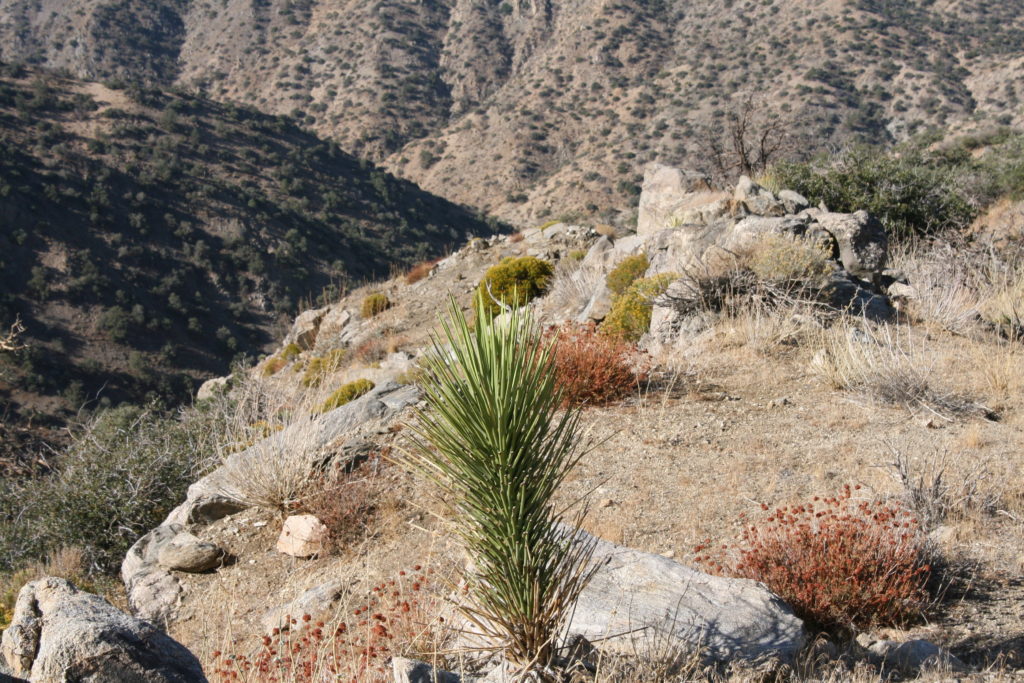
Most of these pictures were taken in the Upper Covington Flat. In the first picture below, a mountain lion has clawed a tree, marking its territory. Pictures include one of the many cacti we saw and surprisingly, flowers. Water once flowed through this area and occasional rain still supports plant life. The plant in the fourth picture is yellow rubber rabbitbrush. It attracts butterflies – and one was flying near it when I took this picture. It was used by Native Americans for baskets, yellow dye and medicines. During World War II, it was also studied as a possible substitute for rubber.
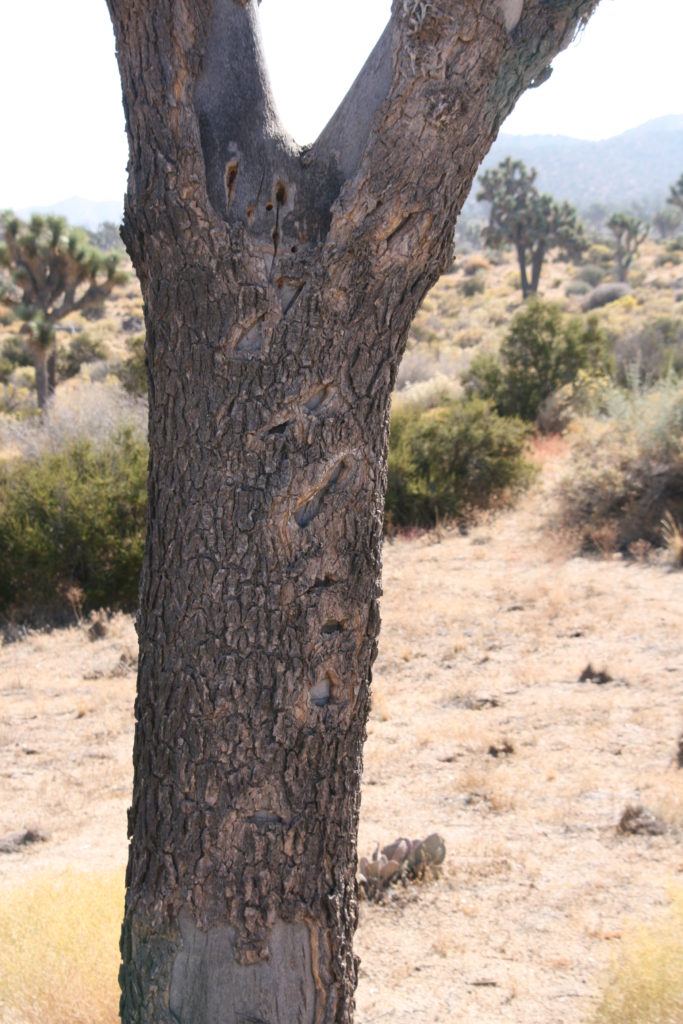
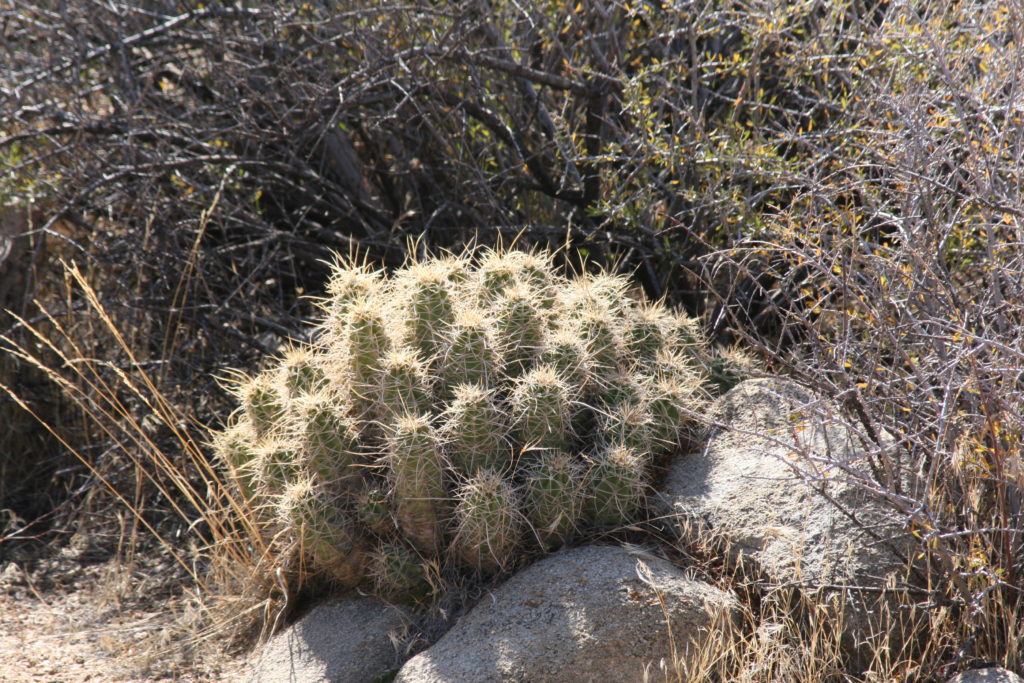

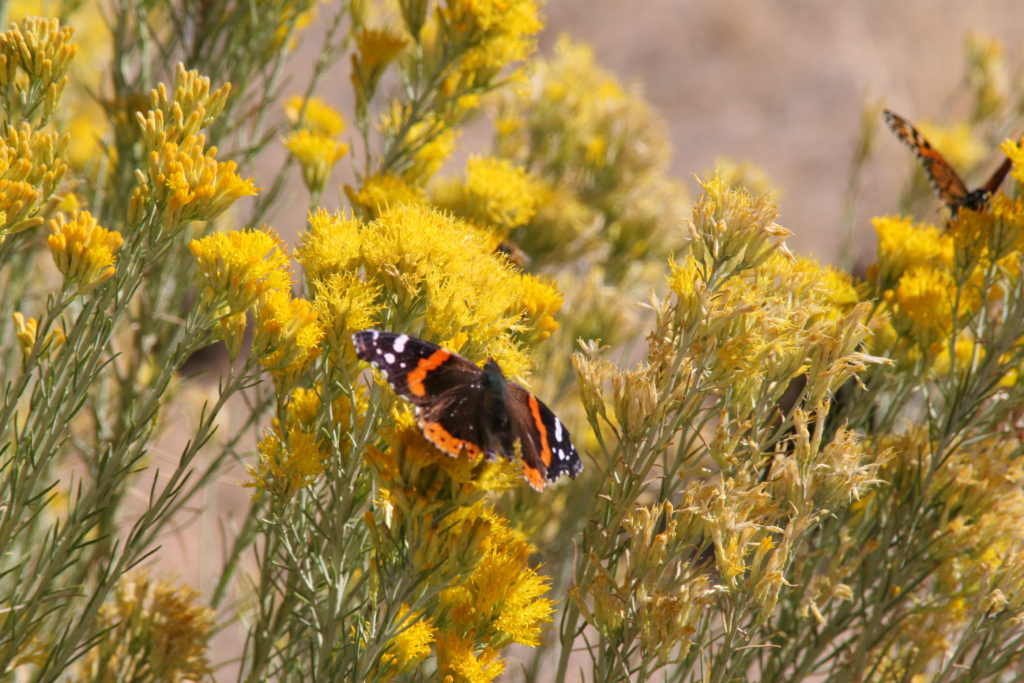
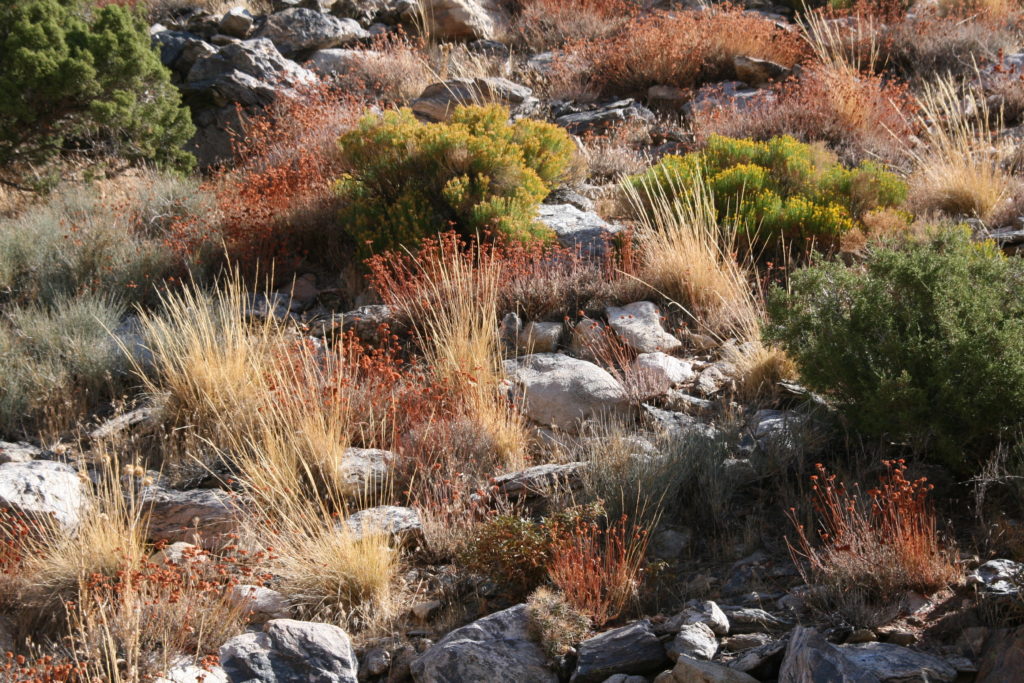
These are pictures of one of the oldest Joshua trees. It is estimated to be 1,200 years old. Because it is a plant, it does not have rings like most trees, so it is harder to estimate their actual age.



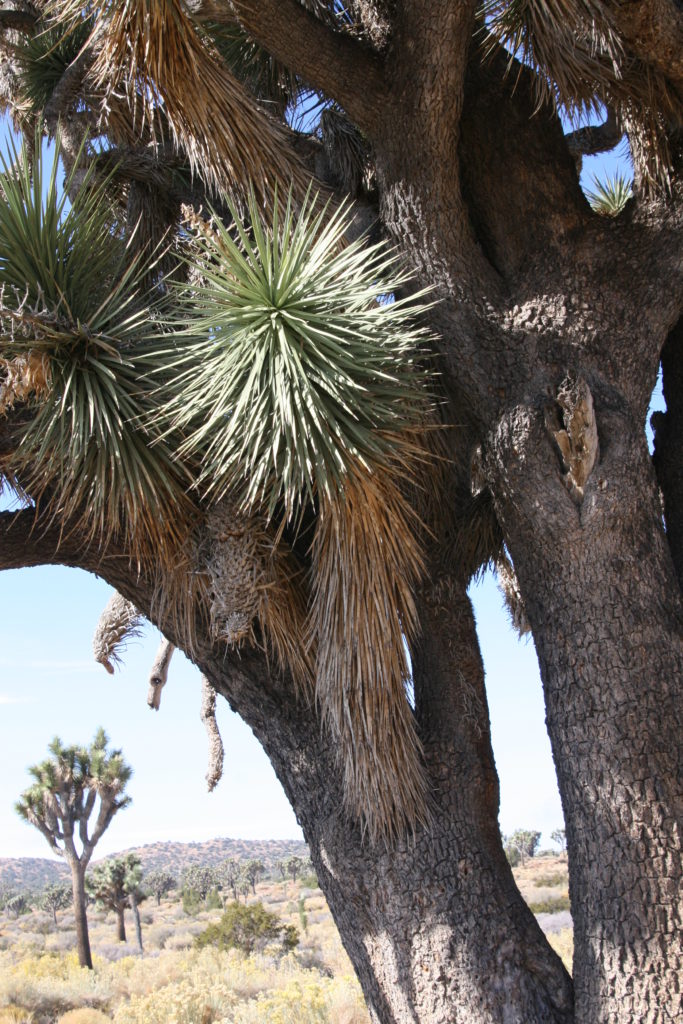
We then drove to the Big Morongo Canyon Preserve, and walked along a boardwalk. This lies within the San Bernardino Mountains. There is a desert oasis that was formed by the Morongo fault line running through the canyon. The fault line causes water draining from the surrounding mountains to form the canyon and this marsh-like environment. It was very close to the desert area we just left – but a very different habitat.



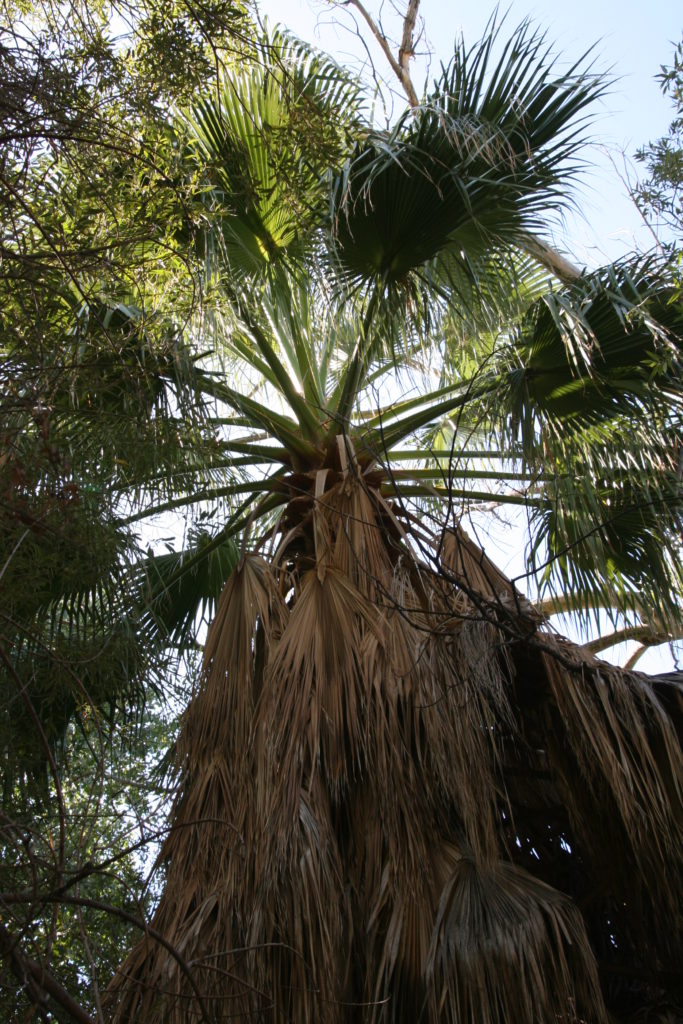

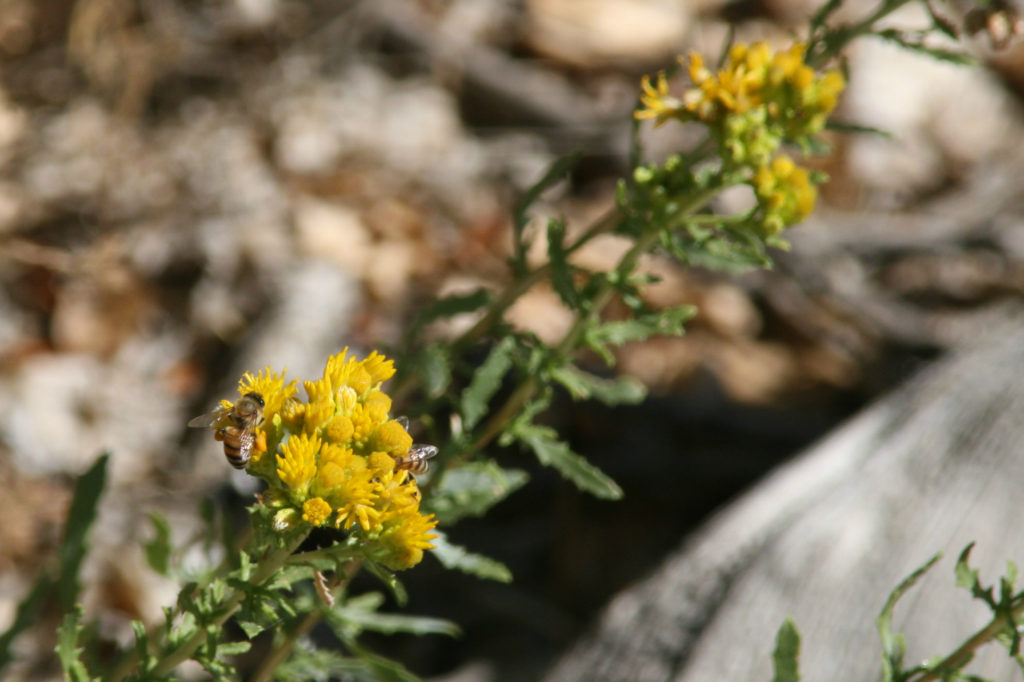
As we drove back to Palm Springs, we also stopped at a wind farm located in the San Gorgonio Mountain Pass. There are over 4,000 wind turbines here. The largest is 150 feet tall and has a diameter equal to half a football field. The generator and other mechanisms at the top of the wind turbine can weigh up to 45,000 pounds. The wind farm generates power sufficient for Palm Springs and the Coachella Valley.
